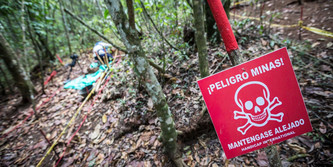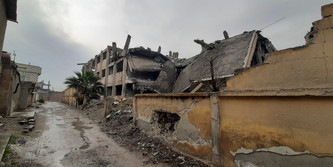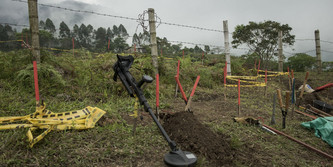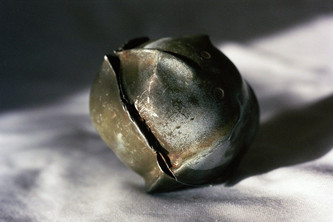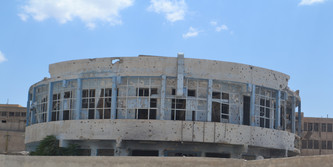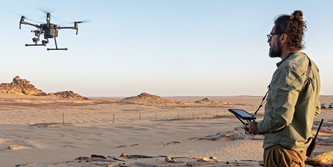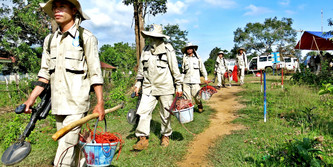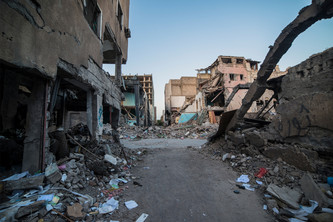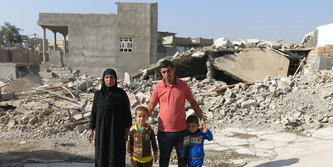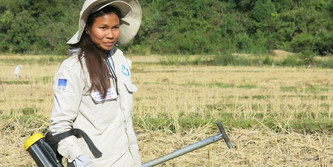40. Human Rights Council
Beim 40. Human Rights Council hat ICBL, die internationale Landminenkampagne, zwei Statements abgegeben. Eines zu den Rechten von Menschen mit Behinderung und eines zu Kinderrechten. (auf Englisch)
ICBL-CMC Statement at HRC40 Discussion on Rights of Persons With Disabilities
Human Rights Council – 40th Regular Session
Habilitation and rehabilitation in conflict and post-conflict environments are vital and still under-provided. Through our research publication, the Landmine and Cluster Munition Monitor, we track annual progress in the availability and accessibility of physical rehabilitation and psychosocial services. We focus on how to meet the rehabilitation needs of economically vulnerable people in rural and remote areas of countries that experienced armed conflict. Challenges identified include insufficient availability, unaffordable costs of services, and distance to rehabilitation centers, which are often far from being “as close as possible to their own communities.” In several countries where provision of rehabilitation is mandated by law, access is impeded by excessive procedural complications.
We record initial progress in delivering on the promises of SDG3 toward increasing health financing and the trained health workforce. We look forward to progress on the indicators for Objective 2 of the WHO’s Global Disability Action Plan 2014-2021, to which landmine survivors and their DPOs contributed. Furthermore, we observe that service providers are heeding the call to deliver based on need without bias to the cause of impairment; and with a view to being age- and gender-appropriate in local contexts.
However, regarding peer support as enshrined in Article 26 of the convention, the Monitor identifies a decline in the resources for networks and organizations of landmine survivors and other persons with disabilities providing peer support to rehabilitation service users, which struggled to maintain their operations and implement essential activities. We urge that the need for sustained peer support be given greater consideration in the context of rehabilitation.
ICBL-CMC Statement on Child Casualties at Human Rights Council 40th Session
The ICBL’s Landmine Monitor documented for the second consecutive year the most annual child casualties of mine and unexploded ordnance recorded in our 20 years of research.[1] Children make up almost half of all civilian casualties of these weapons.
In 2018 mines continued to cause numerous casualties in Afghanistan. The UN mission in Afghanistan reported for example, how a boy grazing cattle stepped on an improvised landmine, killing him and injuring two other boys.[2] In Ukraine, where the UN estimated 220,000 children are at risk from mines and UXO causing one casualty a week,[3] three boys playing in an empty house were killed by a landmine.[4] In one area of Yemen MSF provided emergency surgery to 150 survivors in late 2018, one-third were children.[5] These are just a few examples from conflict-affected States where landmines are banned, among some 40 countries where children are victims of these weapons.
Mr. President, landmines are causing grave violations, killing and maiming children in their everyday activities and during rare moments of play during armed conflict. Increased prevention and assistance efforts are needed, together with adherence to the ban.



